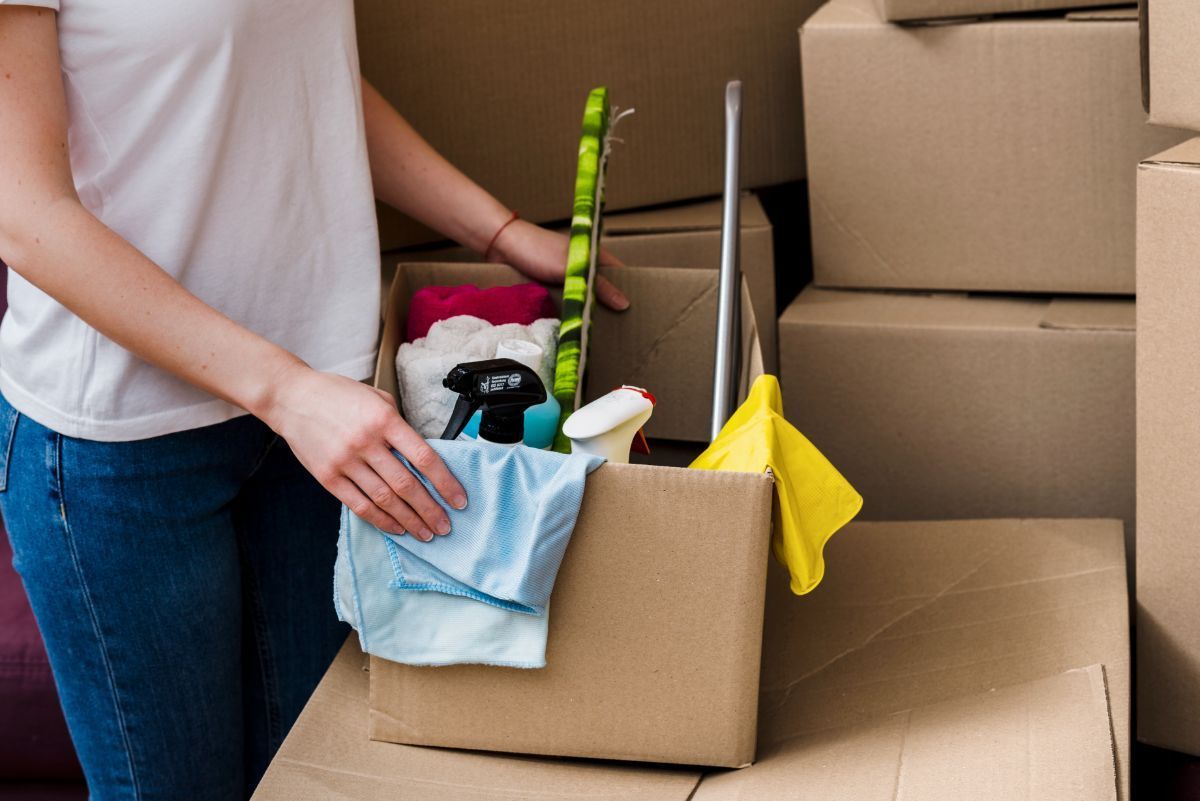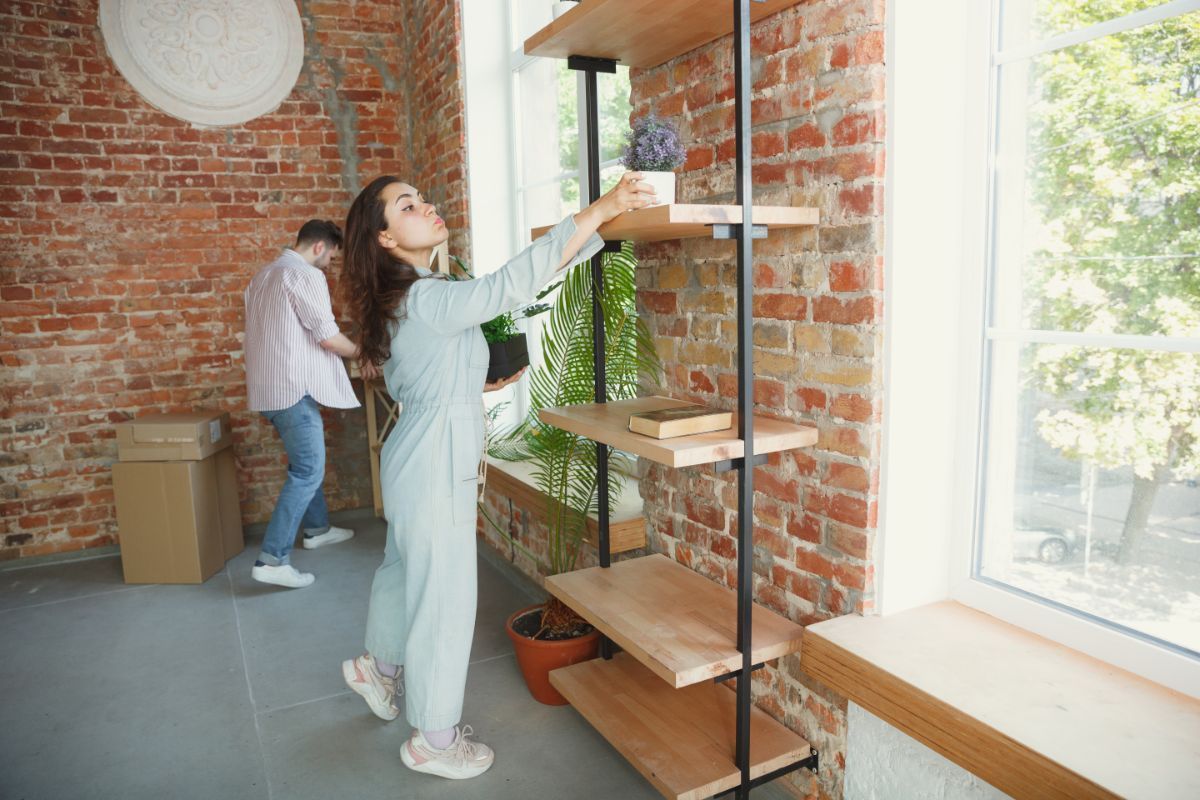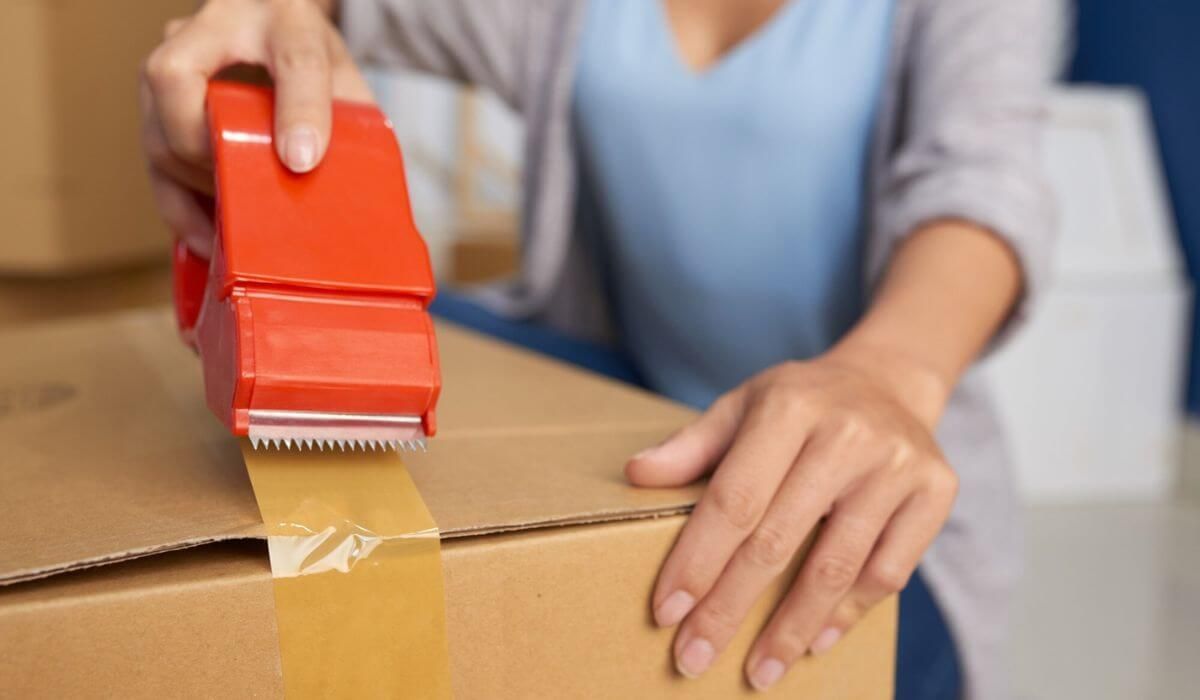Moving to a new home is a fresh start, but before you get there, one of the most daunting tasks is often figuring out how to downsize your belongings. Whether you’re moving to a smaller space, transitioning to a new phase of life, or just trying to declutter, downsizing can seem overwhelming. But don’t worry—I'm here to share some friendly advice, real-life experiences, and practical tips to make this process as smooth and stress-free as possible.
Why Downsizing Is Important?
Downsizing before your move isn’t just about getting rid of stuff—it’s about making sure your new home fits your lifestyle. It can be a chance to simplify, lighten your load, and start fresh. Downsizing before your move ensures that you’re only bringing the essentials (and the things you truly love) into your new space.
Here’s why downsizing can be a game-changer:
- Save on moving costs: The less you have to move, the lower your transportation costs will be. Moving fewer items will reduce the time and effort it takes to load, transport, and unload your belongings, saving both money and stress.
- Clutter-free space: A fresh, decluttered space feels calmer and more welcoming. It’s easier to unpack and settle in when you’re not overwhelmed by items you don’t need.
- Emotional relief: Parting with things you’ve accumulated over the years can be emotionally liberating. It’s an opportunity to let go of items that no longer serve you, creating room for new experiences.
Steps to Effectively Downsize Your Home
Downsizing isn’t something that should be rushed—it’s a process. But with some planning and organization, you can go through it with ease. Let’s break it down into manageable steps:
Start Early
The sooner you start downsizing, the better. Aim to give yourself enough time to think carefully about what you want to keep, donate, or discard. Ideally, start this process a few weeks before your moving day so that you aren’t overwhelmed at the last minute.

Sort Through Your Belongings
A great way to begin downsizing is by sorting your belongings room by room. Here’s a simple system that can help guide your decisions:
- Keep: Items that are essential, useful, or hold significant sentimental value.
- Donate/Sell: Items in good condition that you no longer need but could be helpful to someone else.
- Trash: Things that are broken, outdated, or have little to no value.
Make it a habit to ask yourself a few key questions when deciding whether to keep or let go of something:
- Do I use this regularly?
- Does this item have sentimental value?
- Would I buy it again if I were shopping right now?
Declutter with Purpose
As you go through your items, think about how each piece fits into your life now and in the future. Is it something you’ll still use in your new home, or is it simply taking up space?
To make this process easier, try these methods:
- The 6-Month Rule: If you haven’t used something in the past six months (and it’s not seasonal), it’s probably time to let it go.
- One-in, One-out Rule: For every new item you keep, get rid of one that you no longer need.
- The KonMari Method: Inspired by Marie Kondo, this method involves holding each item in your hands and asking, “Does this spark joy?” If not, it’s time to part ways.
One common challenge people face during this process is unknowingly holding onto clutter that doesn’t serve them anymore. Be mindful of mistakes to avoid when decluttering, such as keeping items "just in case" or feeling guilty about letting go of gifts. Being aware of these pitfalls can make downsizing much easier.
Organize Your Donation or Sale Pile
Once you’ve gone through your belongings and made decisions about what to keep and what to part with, it’s time to organize. Group similar items together, such as clothing, books, or electronics, and make a list of where you plan to donate or sell them.
- Donation: Local charities, shelters, or thrift stores often accept gently used goods.
- Selling: Consider online platforms like eBay, Facebook Marketplace, or a yard sale if you have items of value.
Pack Smart
Now that you’ve downsized your belongings, packing will be a breeze. Here are some tips for packing efficiently:
- Use quality materials: Invest in sturdy boxes, bubble wrap, and packing tape to protect your items during transit.
- Pack by category: Group similar items together and label your boxes clearly, so unpacking is easier.
- Pack early: As you downsize, start packing early. This will save time and reduce last-minute stress.
Take Stock of What’s Essential
At this stage, you’ll want to take a step back and ask yourself if you have everything you need for your new life. Perhaps you’ve let go of some things, but now it’s time to determine what truly fits into your future. Is there anything you still need to purchase or replace?
Think about:
- Furniture: Do you need new pieces that are better suited to your new space?
- Appliances: Will your current ones work in your new home?
- Sentimental items: While you’ve let go of much, it’s important to keep a few sentimental items that make your new space feel like home.

Consider Professional Help
If you’re feeling overwhelmed by the thought of downsizing, don’t hesitate to reach out for help. Moving companies, like Sydney Removalists, often offer additional services such as packing, sorting, and even helping with donations. A moving consultant or organizer can also provide assistance in making the process as stress-free as possible.
Let Go Emotionally
Sometimes, the hardest part of downsizing is the emotional aspect. It can be tough to part with items that hold memories, but remember that these memories aren’t tied to the objects themselves—they’re in your heart. Giving up things you no longer need or use doesn’t mean you’re losing part of yourself; it means you’re making space for new experiences and opportunities.

Use Mobile Storage to Your Advantage
If you’re unsure about certain items, mobile storage can be a fantastic solution. Sydney Removalists offers portable storage units that allow you to temporarily store your belongings until you’re ready to make a decision. This is a convenient option, especially if you need time to adjust to your new home and decide what to keep or discard.


